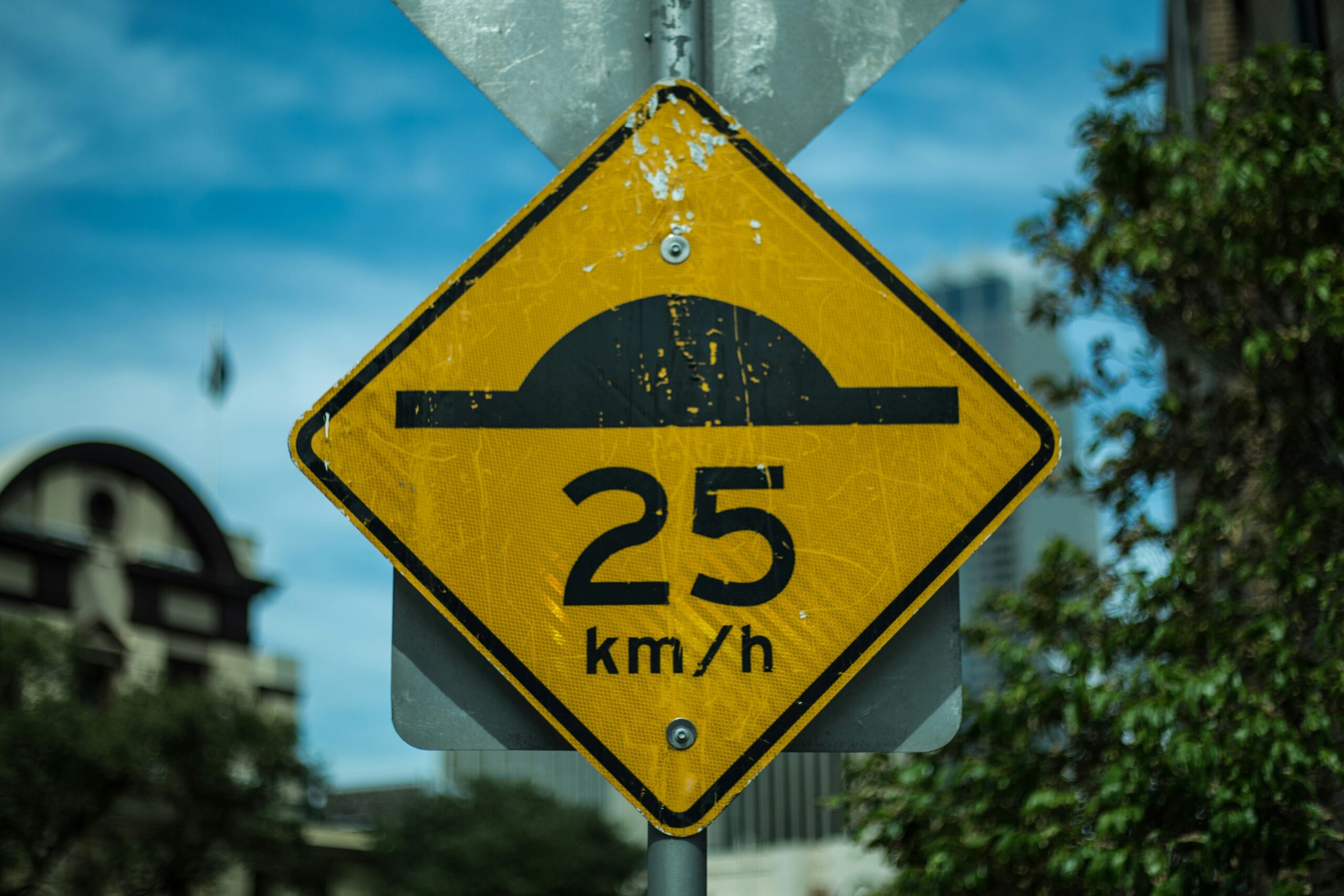Traffic calming is commonly used when designing local roads and other areas with high pedestrian activity. The overarching goal is to mitigate the risk of accidents and enhance pedestrian safety.
One of the fundamental principles of traffic calming involves altering the built environment by introducing elements such as traffic islands, raised crosswalks, and textured road surfaces. This helps to create visual and physical cues that prompt drivers to reduce their speeds. The implementation of traffic calming measures goes beyond immediate safety benefits, extending to improvements in overall traffic efficiency and a reduction in congestion. These interventions are particularly crucial in residential areas and near schools, where a controlled and calmed traffic environment ensures the well-being of pedestrians and residents.
Furthermore, the adoption of traffic calming aligns with modern urban design strategies that prioritise creating liveable and sustainable cities. As cities worldwide are challenged by population growth and increased traffic, the integration of traffic calming measures becomes increasingly important for pedestrian safety. The shift towards safer and more pedestrian-friendly streets not only enhances public safety but also contributes to a more enjoyable and resilient urban landscape.


